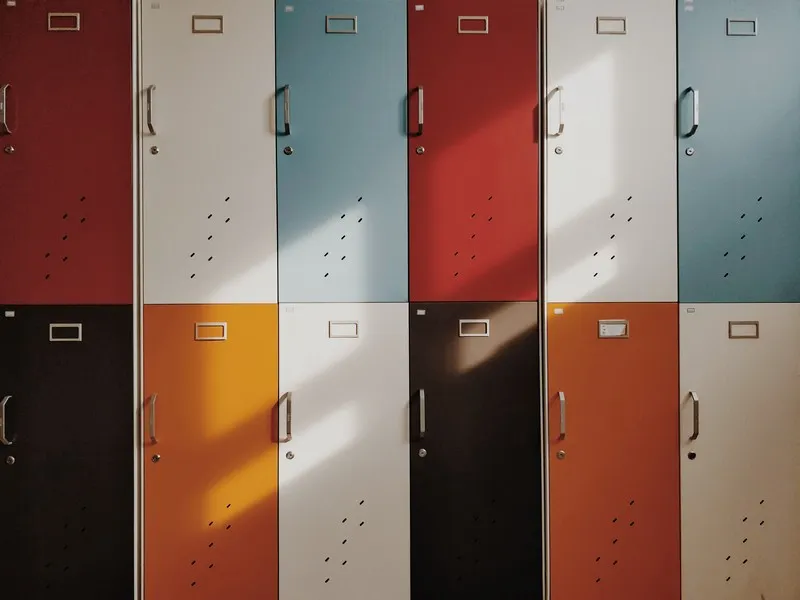Table of Contents
- Cultural Capital
- Social Reproduction
- The Role of Educational Institutions
- Criticisms and Counterarguments
- Contemporary Applications of Bourdieu’s Ideas
- Conclusion
Pierre Bourdieu, a French sociologist, has had a profound impact on the field of sociology, particularly in the study of education. His theories explore the complex relationships between power, culture, and education, offering insights into how educational systems perpetuate social inequalities. Bourdieu’s concepts such as habitus, capital, and field have become foundational in understanding the dynamics of education. This essay will outline and explain Bourdieu’s key ideas on education, focusing on his notions of cultural capital, social reproduction, and the educational field.
Cultural Capital
Definition and Types of Capital
Bourdieu introduced the concept of capital to explain how social inequalities are reproduced and maintained. He identified several forms of capital: economic, social, cultural, and symbolic. Cultural capital, in particular, is crucial in the context of education. Cultural capital refers to the non-financial social assets that promote social mobility. These assets can include education, intellect, style of speech, dress, or physical appearance.
Forms of Cultural Capital
Cultural capital exists in three forms: embodied, objectified, and institutionalized. Embodied cultural capital consists of long-lasting dispositions of the mind and body, such as linguistic competencies and cultural knowledge. Objectified cultural capital includes physical objects like books, instruments, and works of art that one can own and use. Institutionalized cultural capital refers to educational qualifications and academic credentials.
Cultural Capital and Education
In the educational context, cultural capital plays a significant role in determining a student’s success. Bourdieu argued that schools are structured in a way that benefits those who already possess a high level of cultural capital. For instance, students from privileged backgrounds often have access to a wealth of cultural resources that align with the school’s expectations, such as proficiency in the dominant language and familiarity with cultural norms. This alignment provides them with an advantage over their peers from less privileged backgrounds.
Social Reproduction
The Mechanism of Social Reproduction
Bourdieu’s theory of social reproduction explains how social structures and institutions perpetuate existing social inequalities across generations. According to Bourdieu, the education system is a key mechanism in this process. Schools do not merely transmit knowledge; they also inculcate cultural norms and values that favor the dominant class. This process ensures that the social hierarchy remains stable over time.
The Role of Habitus
Central to Bourdieu’s theory is the concept of habitus, which refers to the ingrained habits, skills, and dispositions that individuals acquire through their life experiences. Habitus is shaped by one’s social background and influences how individuals perceive and respond to the world around them. In the context of education, habitus affects students’ attitudes towards learning, their behavior in school, and their educational aspirations.
The Educational System as a Field
Bourdieu conceptualized the educational system as a field, a social arena where various forms of capital are exchanged and struggles for power take place. In the educational field, those with high levels of cultural capital have an advantage, enabling them to accumulate further educational credentials and, consequently, more power and social status. This dynamic reinforces social inequalities and ensures the reproduction of the dominant class’s cultural dominance.
The Role of Educational Institutions
Get the full article AD FREE. Join now for full access to all premium articles.
View Plans & Subscribe Already a member? Log in.





